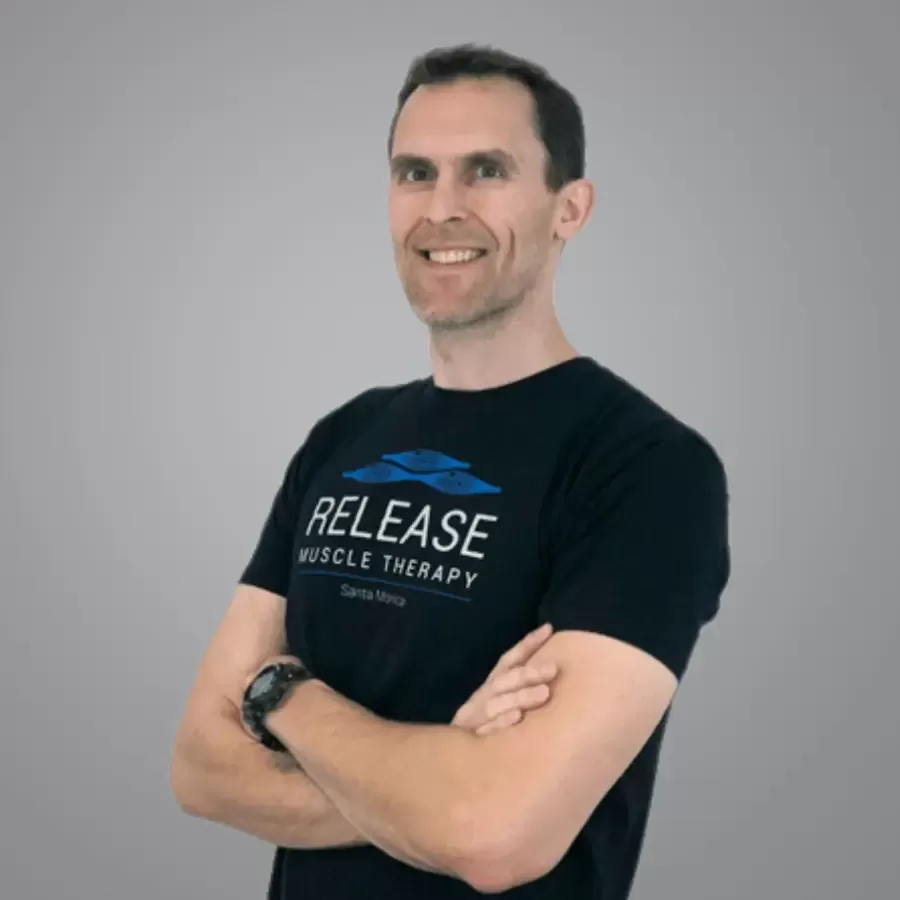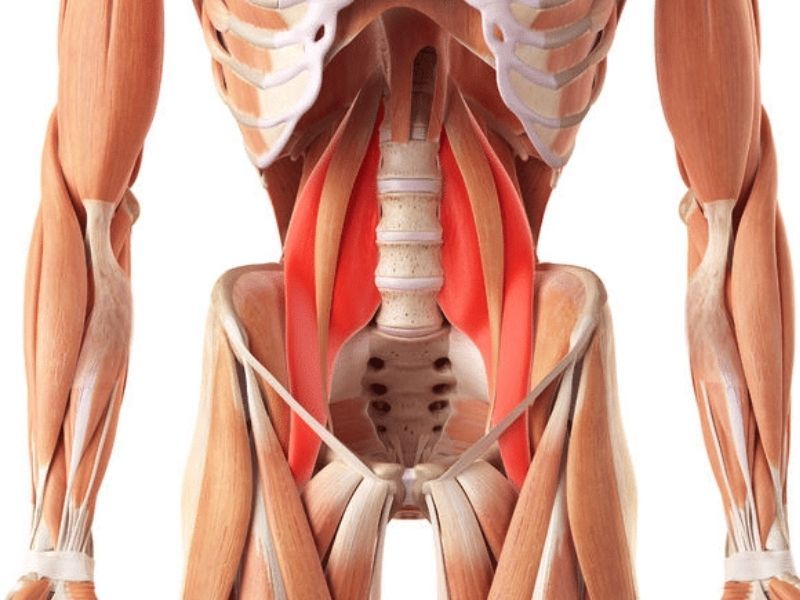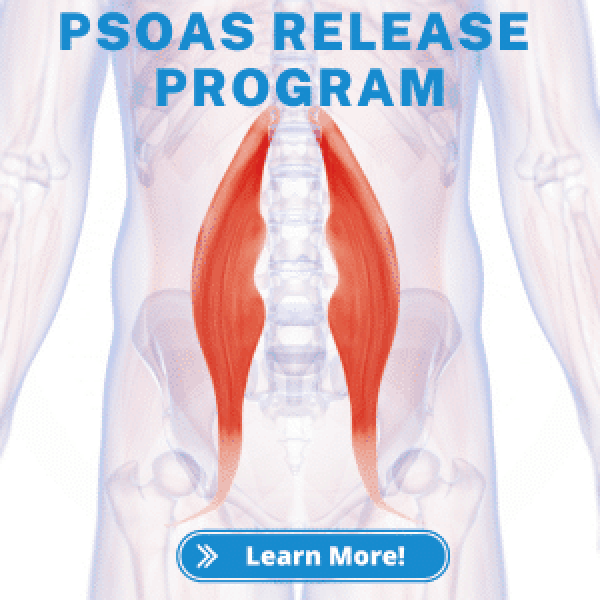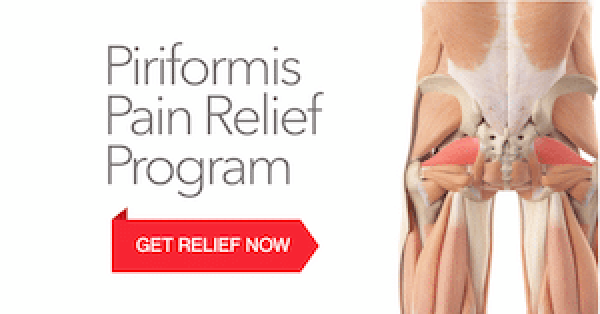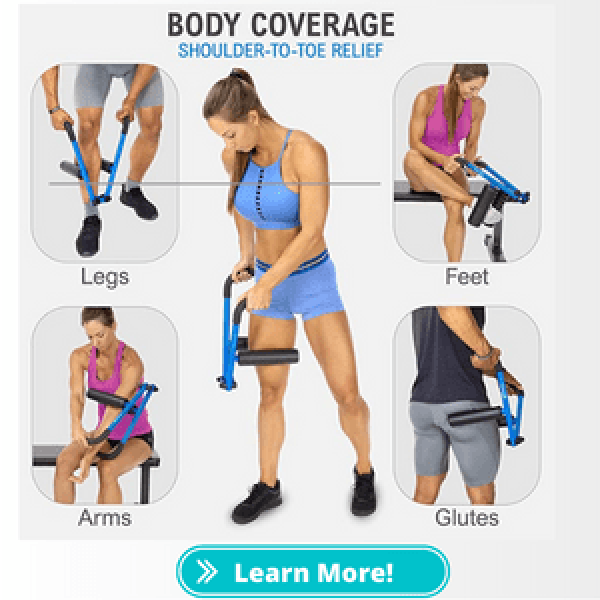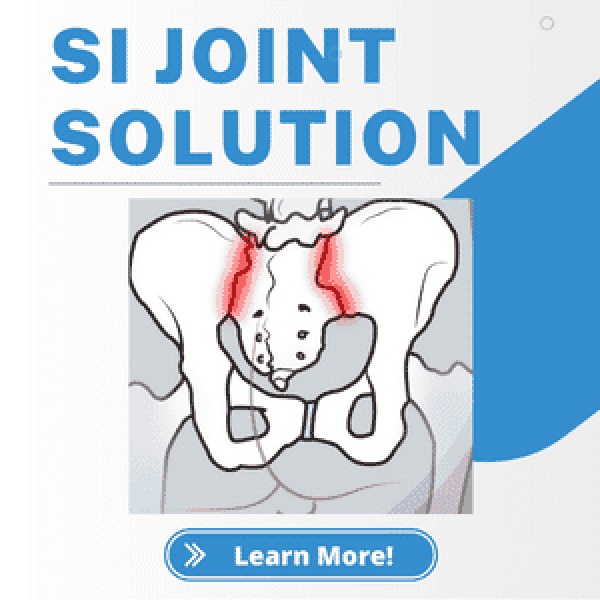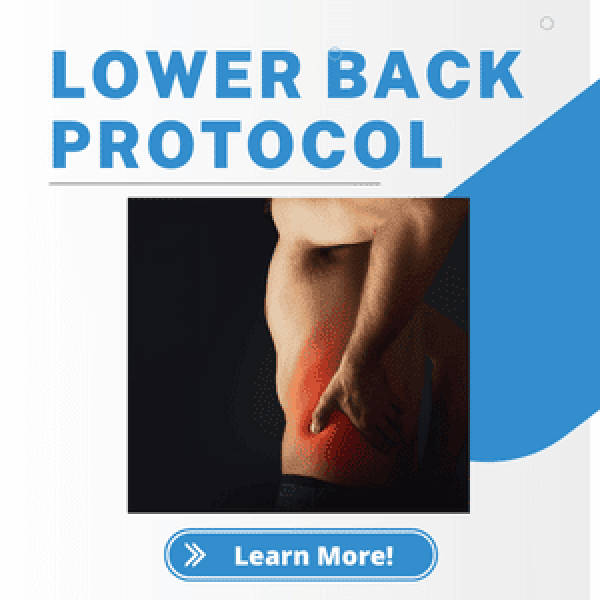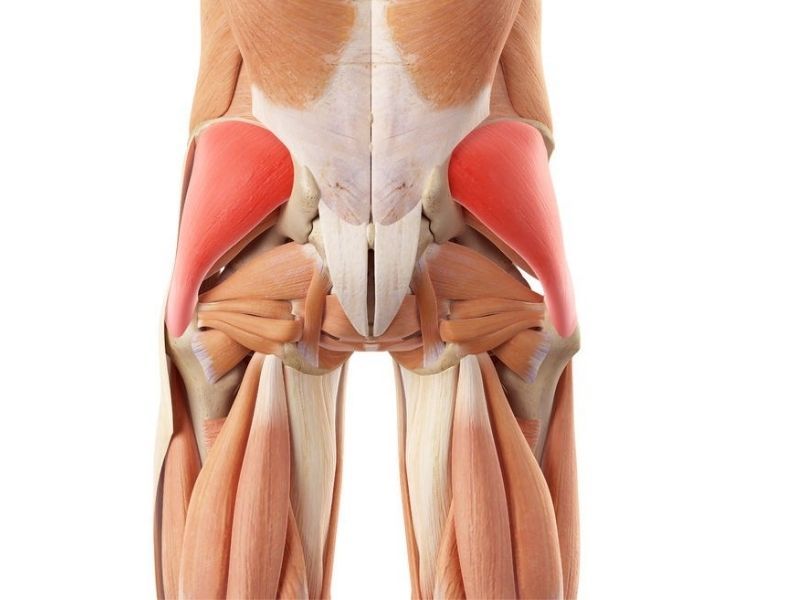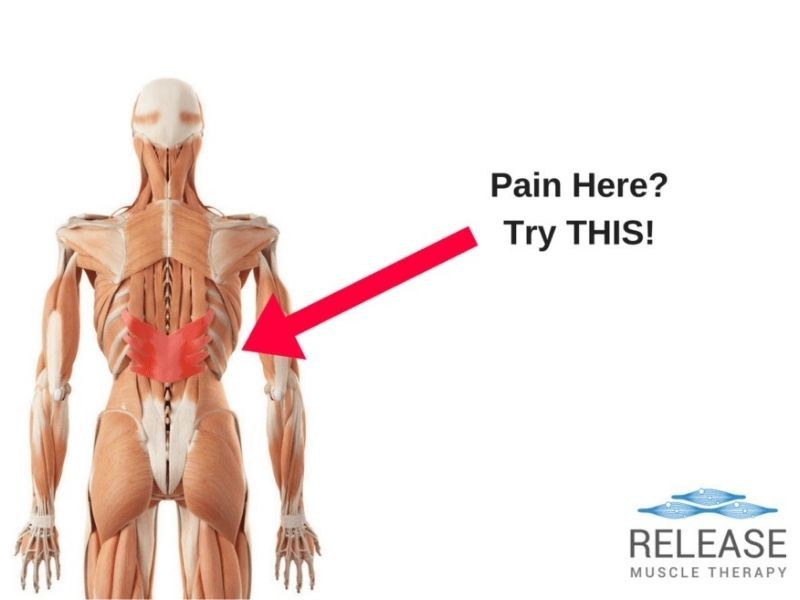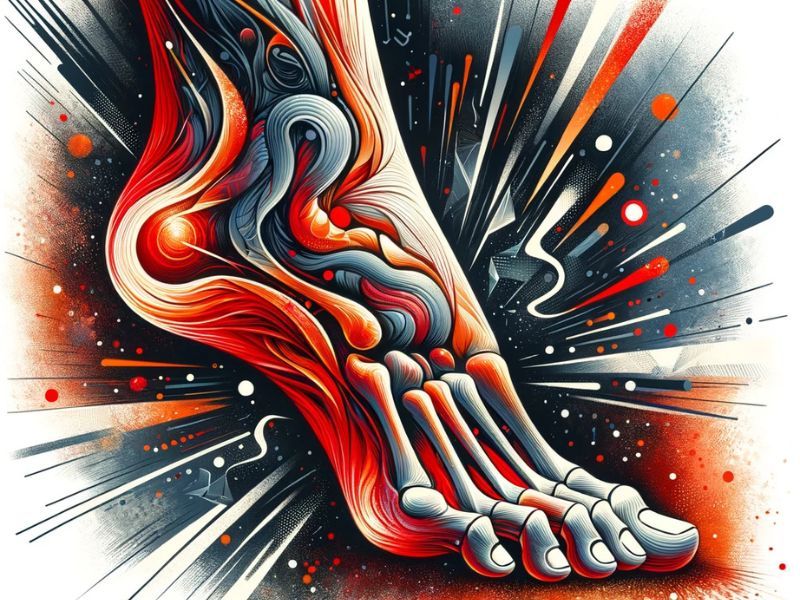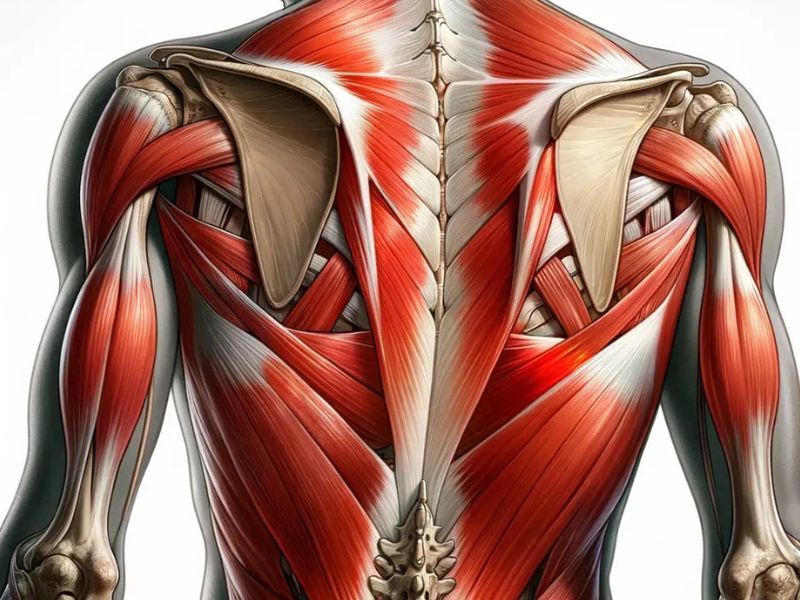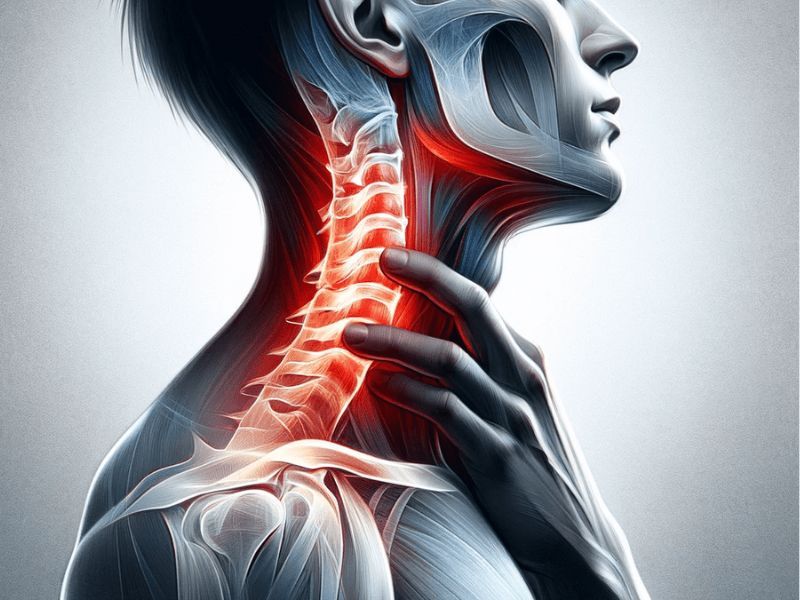5 Tips for Returning to Exercise After Hamstring Tendinopathy
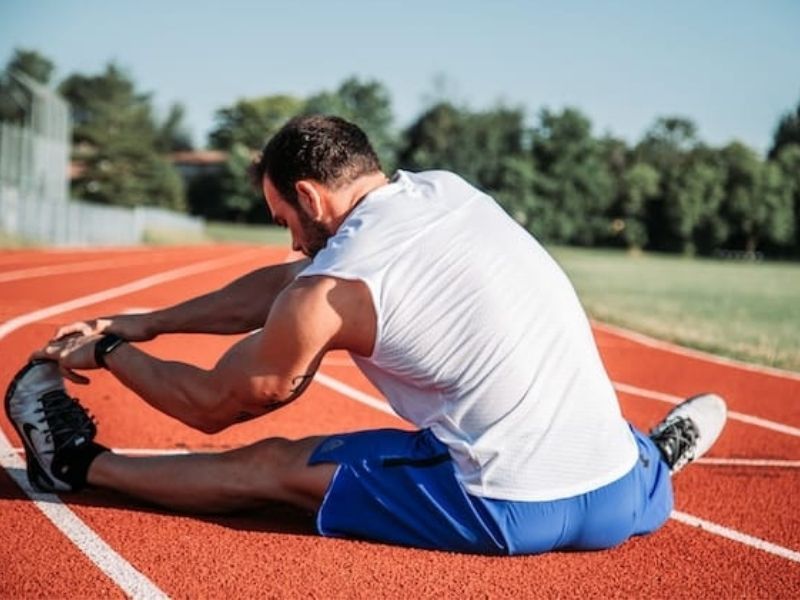
Table of Contents
Hamstring tendinopathy is a common condition that causes pain in the hamstrings. It is caused by inflammation and degeneration of the tendons that attach the hamstrings to the bones.
It can affect exercise in a number of ways. It can make it painful to exercise, and it can also make it more likely to injure your hamstrings again.
If you’re dealing with tendinopathy of the hamstrings, it is important to listen to your body and take breaks when necessary. You should also focus on strengthening, stretching, and releasing the hamstrings. And, it is important to use proper form when exercising.

| Key Points |
|---|
| Hamstring tendinopathy is a common condition that causes pain in the hamstrings. |
| It is caused by inflammation and degeneration of the tendons that attach the hamstrings to the bones. |
| Hamstring tendinopathy can affect exercise in a number of ways. |
| If you have hamstring tendinopathy, it is important to listen to your body and take breaks when necessary. |
| You should also focus on strengthening and stretching the hamstrings. |
| And, it is important to use proper form when exercising. |
| Be patient and give your body time to heal. |
Here are 5 tips for returning to exercise after hamstring tendinopathy:
- Start slowly and gradually increase activity.
When you first start exercising after hamstring tendinopathy, it is important to start slowly and gradually increase your activity. This will help to prevent further injury.
Start with light activities, such as walking or swimming. Then, gradually increase the intensity of your workouts as your hamstrings get stronger.
- Listen to your body and take breaks when necessary.
If you feel any pain in your hamstrings, stop exercising and rest. Pushing through pain can make your tendinopathy worse.
It is also important to listen to your body and take breaks when you are feeling tired. Tired muscles are more likely to injure themselves.
- Focus on strengthening and stretching the hamstrings.
Strengthening and stretching the hamstrings is important for preventing hamstring tendinopathy.
Strengthening exercises can help to improve the stability of the hamstrings. Stretching exercises can help to improve the flexibility of the hamstrings.
There are a number of exercises that you can do to strengthen and stretch the hamstrings. You can find these exercises here on the blog.
- Use proper form when exercising.
Using proper form when exercising is important for preventing hamstring tendinopathy.
When you are exercising, make sure to keep your back straight and your core engaged. Avoid bending over at the waist or putting too much stress on your hamstrings.
If you are not sure how to use proper form, ask a trainer or physical therapist for help.
- Be patient and give your body time to heal.
Hamstring tendinopathy can take time to heal. Do not expect to be able to return to your regular exercise routine overnight.
Be patient and give your body time to heal. With rest and proper treatment, you will be able to return to exercise and enjoy your favorite activities again.
Conclusion
In conclusion, hamstring tendinopathy is a common condition that can affect exercise in a number of ways. However, with rest, proper treatment, and patience, you can return to exercise and enjoy your favorite activities again. If you have any questions or concerns about hamstring tendinopathy, please consult with a doctor or physical therapist.
Sam Visnic
I’ve spent my life studying the fundamental aspects of human health with a focus on movement and clinical massage therapy. In a world of specialists, surgical procedures, drugs and quick fix remedies, I’m committed to finding and developing strategies that help people stuck at the “gap”. Over the last 20 years I’ve studied dozens of systems and methodologies for uncovering the root cause of aches and pains, along with postural and movement issues. Pain science, the art and science of hands-on soft tissue massage techniques, myofascial release, and coaching movement is essential in my practice. Integrating different methods but above all deciphering WHEN to use different techniques with different people and situations, along with integration of movements that people want to be able to do again is the key to long term success with my incredible track record with clients. Understanding the various elements that contribute to conditions and the power of communication and education makes my Release Muscle Therapy program separate from other hands-on therapy approaches.
Blogs You May Be Interested In
Categories
-
Deep Gluteal Pain Syndrome
-
Deltoids
-
Fallbrook
-
Foam Rolling
-
Glutes
-
Hamstrings
-
Hypnosis For Pain
-
Lats
-
Levator Scapulae
-
Lifestyle
-
Massage Therapy
-
Mobility
-
Movement and Exercise
-
Murrieta
-
Muscles
-
Nutrition
-
Obliques
-
Pain
-
Pectorals
-
Piriformis
-
Plantar Fasciitis
-
Product Review
-
Psoas
-
Quadratus Lumborum
-
Quadriceps
-
Rhomboids
-
Serratus Anterior
-
SI Joint
-
Sternocleidomastoid
-
Stretching
-
Subscapularis
-
Temecula
-
TMJ
-
Trapezius
-
Uncategorized
